Whether you’re deeply spiritual or just curious about Bangkok’s sacred sites, this journey is for you. Today, Nai Mu—the spiritual storyteller behind “Ticy City”—takes us on a tour of Wat Yuan Saphan Khao, one of Bangkok’s most mystical temples. Here, we’ll meet three powerful spiritual figures: Pu Chiwok Komaraphat, Lord Brahma Sahampati, and Sage Ketum—all connected to the legendary Vietnamese monk, Luang Pho Baow Eng.
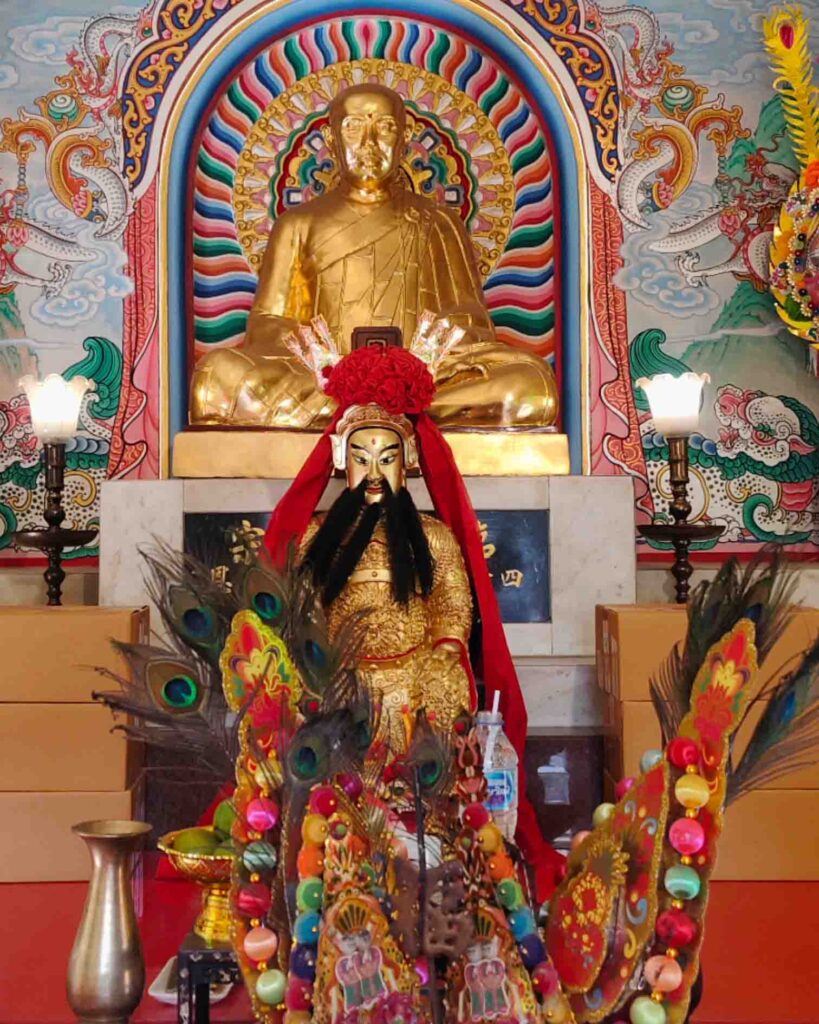
What is Wat Yuan Saphan Khao?
Located near Bangkok’s White Bridge, Wat Yuan Saphan Khao is the local name for Wat Samana Nam Buri Han. The temple belongs to the Anamnikaya sect, a Vietnamese Buddhist order in Thailand. There are only 21 Anamnikaya temples in the country, with just seven in Bangkok.
King Rama V (King Chulalongkorn) granted this temple the royal emblem of the Chula Mongkut Crown—a symbol of great spiritual significance.
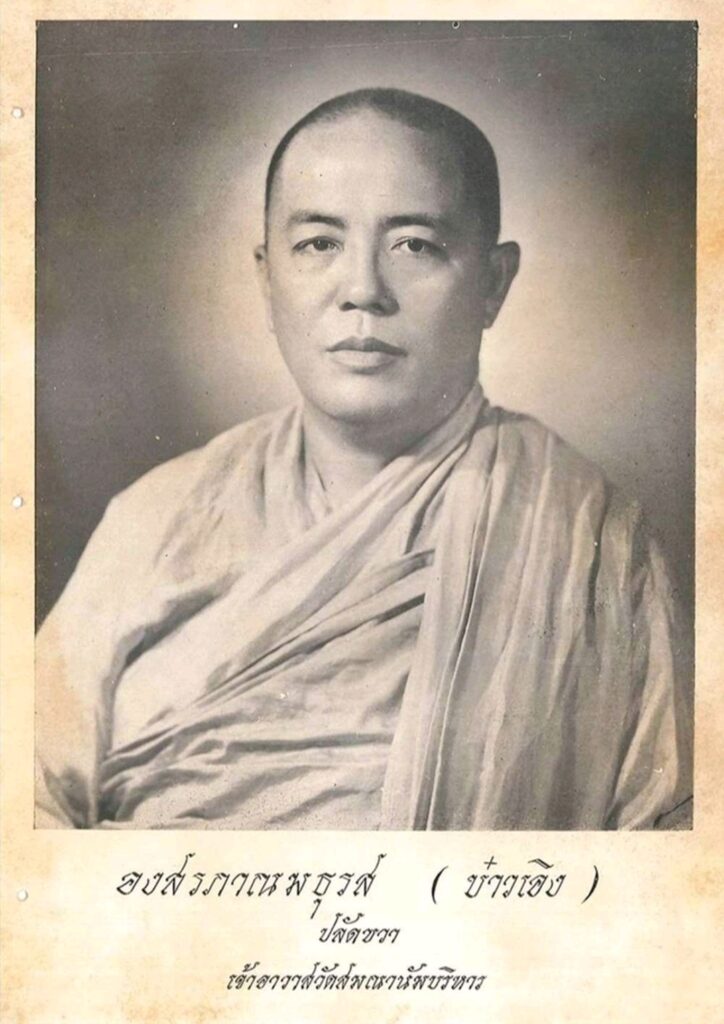
The Legacy of Luang Pho Baow Eng
Luang Pho Baow Eng was a highly respected Vietnamese monk known for his deep spiritual insight and healing powers. He was born in Vietnam on March 24, 1906, and came to Thailand in 1930. After serving in several Anamnikaya temples, he became abbot of Wat Yuan Saphan Khao in 1947.
He was famous for his ability to summon spirits and deities, often channeling them through his thumb. These divine encounters would sometimes leave visible marks—like sacred medallions—on his skin. His spiritual work brought healing and hope to many. Sadly, he passed away from leukemia on March 4, 1964, at age 58.
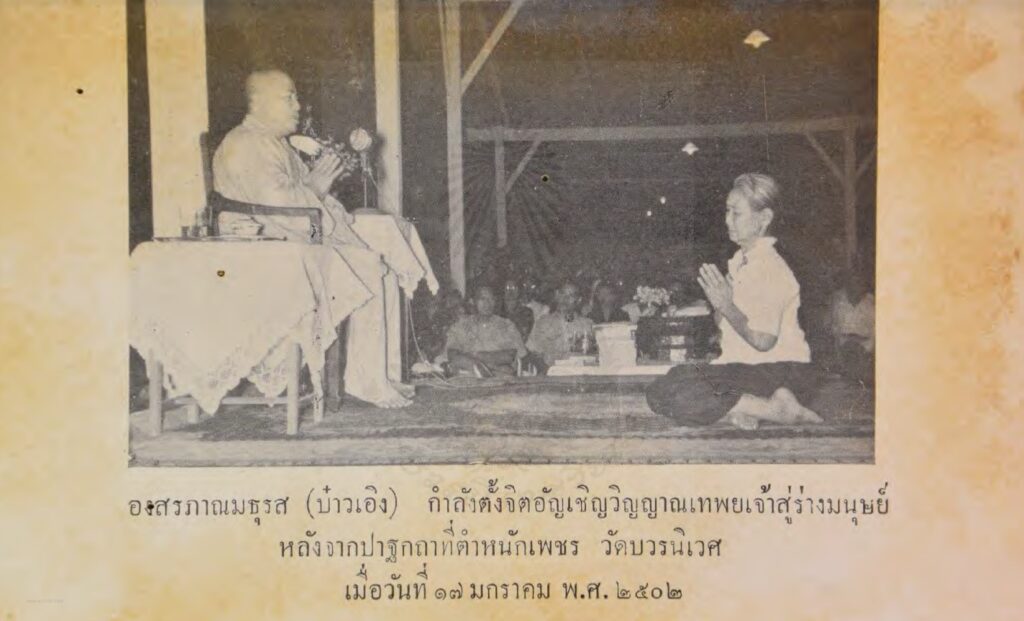
Meet the Sacred Figures: Pu Chiwok, Lord Brahma Sahampati & Sage Ketum
Inside the temple’s Ji Jin Koh Pavilion (also called Sala Ruam Boon), visitors can find sacred statues and spiritual relics connected to Luang Pho Baow Eng’s visions and teachings.
Among them are:
- Pu Chiwok Komaraphat (Grand Master of Medicine) – The royal doctor who treated the Buddha himself. Luang Pho first encountered Pu Chiwok’s spirit during a healing session in 1954. That moment led to the creation of a full-sized statue and 108 smaller figures for worship.
- Lord Brahma Sahampati – A high celestial deity often linked to enlightenment and guidance. Through spiritual channeling, Luang Pho received teachings and sacred mantras from this divine being.
- Sage Ketum (Karaiyakot) – Another revered figure seen by Luang Pho in his spiritual visions.
Other divine icons in the pavilion include Guan Yin, Bodhisattva Veda, Tai Si Iae (Amarit Raj), and the dual-faced Underworld Judges, Tua Pae and Yi Pae.
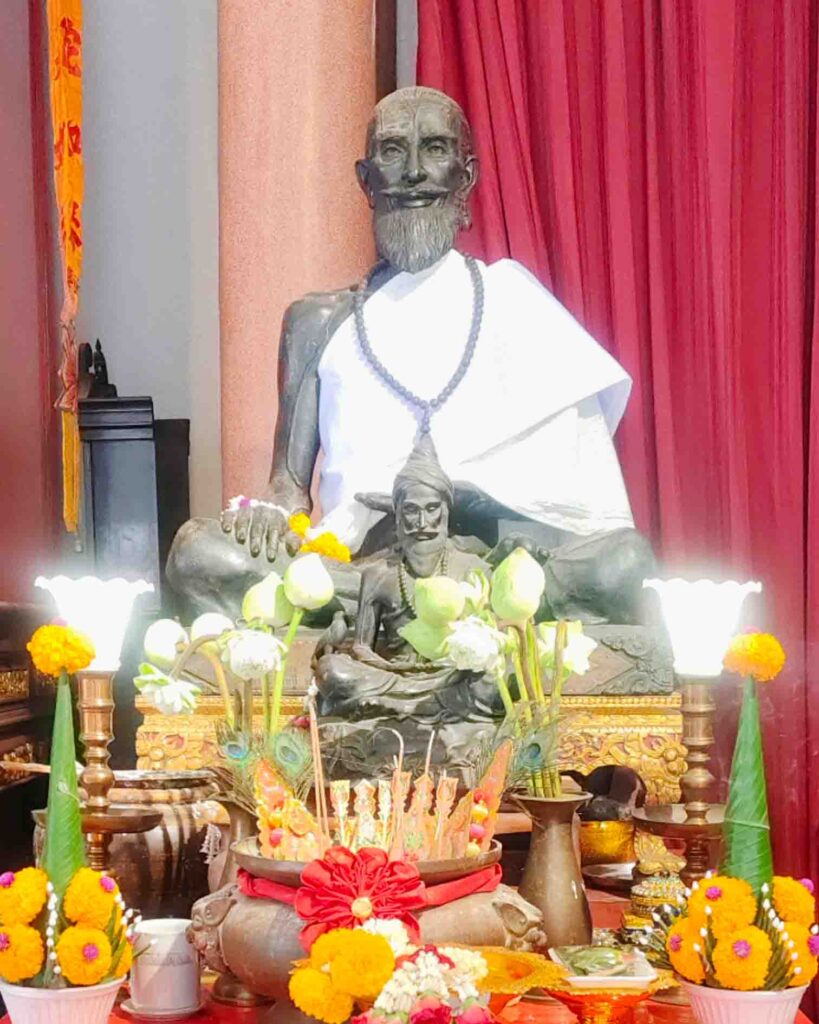
The Vihara and More Deities
Next to the main pavilion is a Chinese-style vihara dedicated to Luang Pho Baow Eng. It also houses other deities such as:
- Chao Pho Suea (Tiger God) – A powerful protector spirit.
- Deva Suwanrat (Seng Tian Zhu) – Revealed to be the Secretary General to Lord Brahma Sahampati. He taught Luang Pho sacred mantras and spells, acting as his celestial guide.
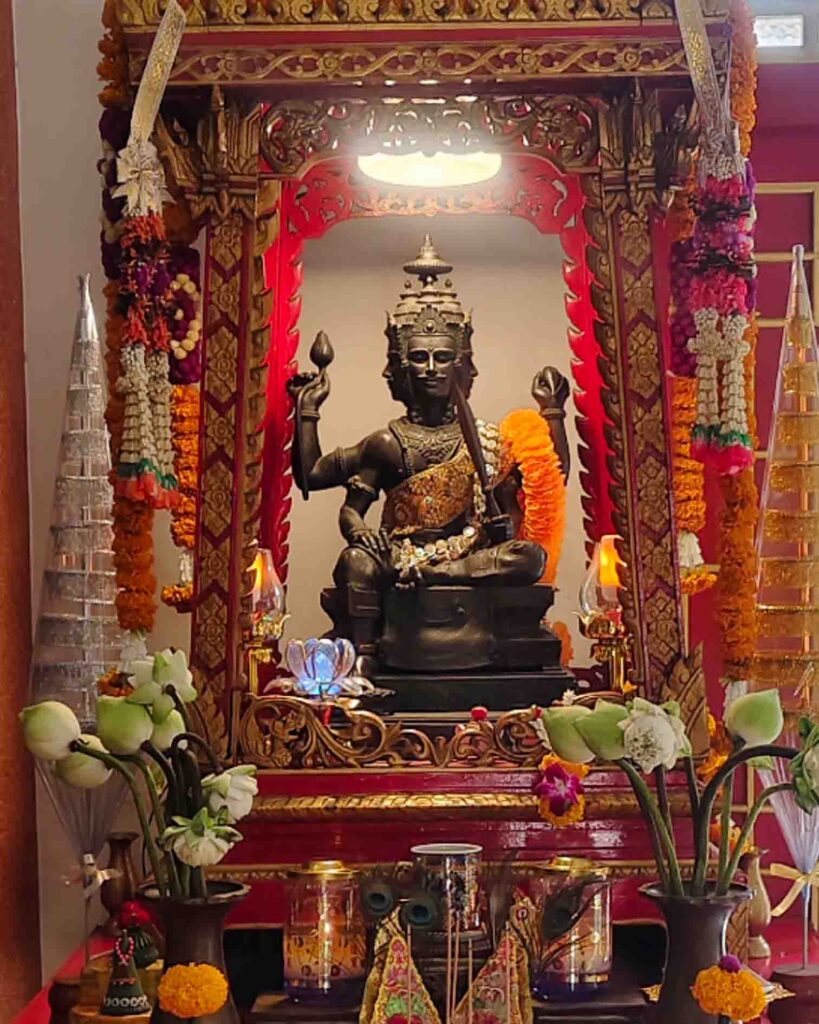
Mystical Moments: When the Spirit World Answered
Many fascinating stories surround Luang Pho’s spiritual practice. One event stands out—his spirit summoning sessions became so intense that they disturbed the balance of both heaven and hell. On July 4, 1953, a divine envoy named King Bali ordered him to pause his rituals for eight months (later reduced to five). This divine intervention proved just how powerful his work had become.
Another special moment came when a patient named Mrs. Phunphen revealed—through spiritual possession—that Luang Pho must call upon Pu Chiwok to learn sacred healing knowledge. This message changed his spiritual path forever and led to the eventual consecration of the Grand Master’s statue in 1957.
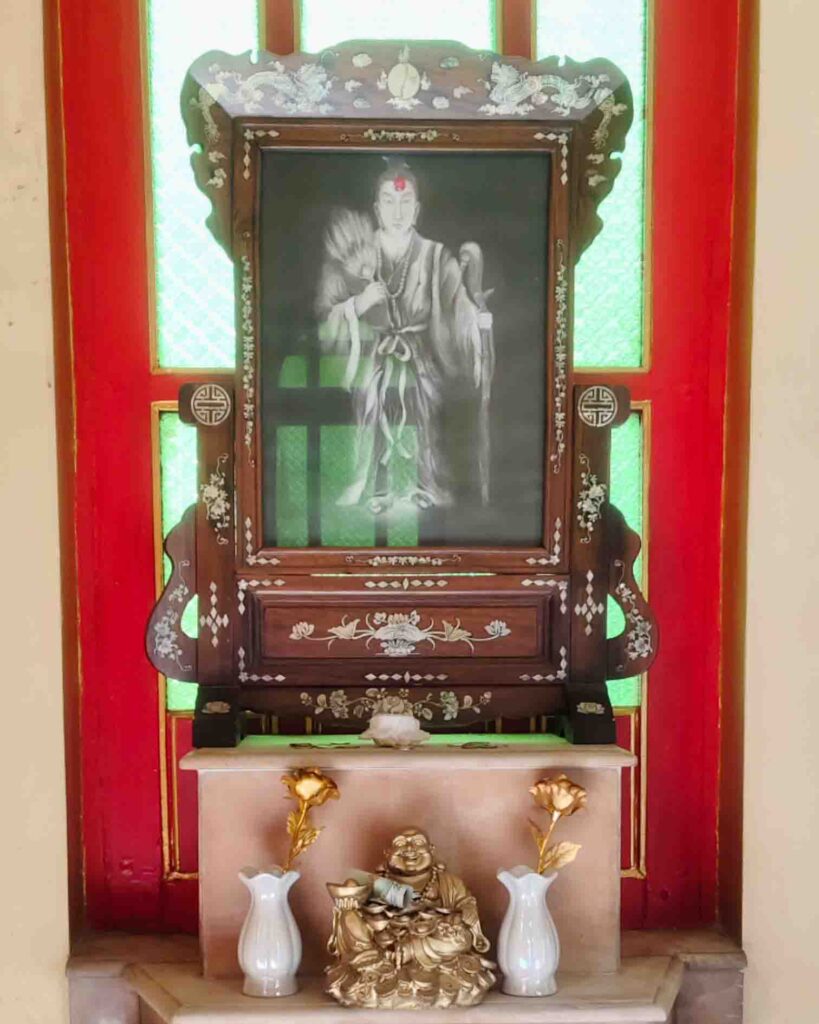
A Living Heritage of Thai-Vietnamese Spirituality
Wat Yuan Saphan Khao is more than just a temple—it’s a living testament to Thai-Vietnamese spiritual traditions. With its blend of Mahayana and Theravada influences, and its deep connection to mystical figures like Luang Pho Baow Eng, the temple is a must-visit for spiritual seekers and culture lovers alike.
Plan your spiritual trip to Bangkok today and don’t miss this sacred experience. Wat Yuan Saphan Khao is a true hidden gem—where the past, present, and spirit world come together.







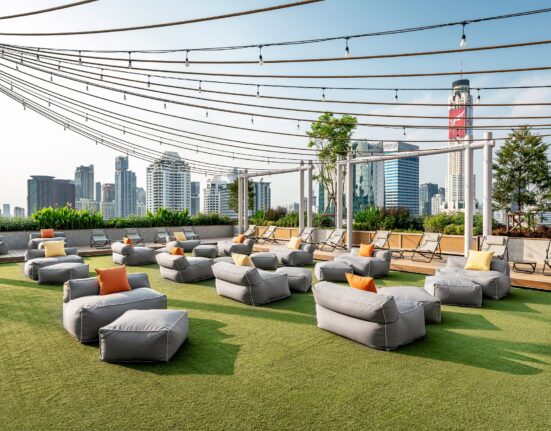

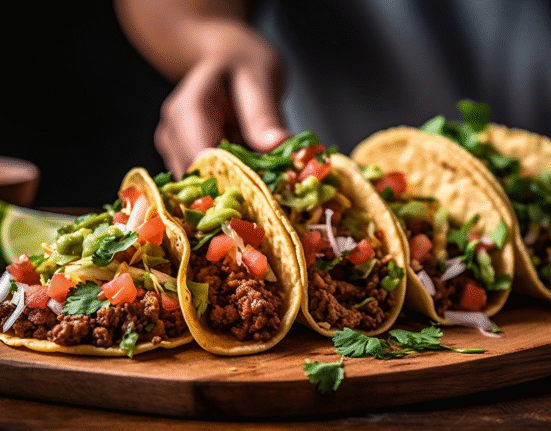
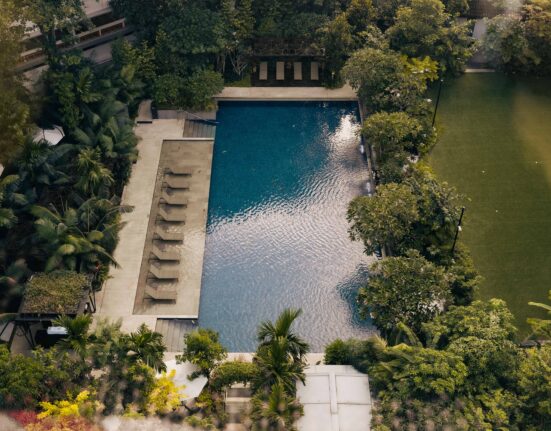



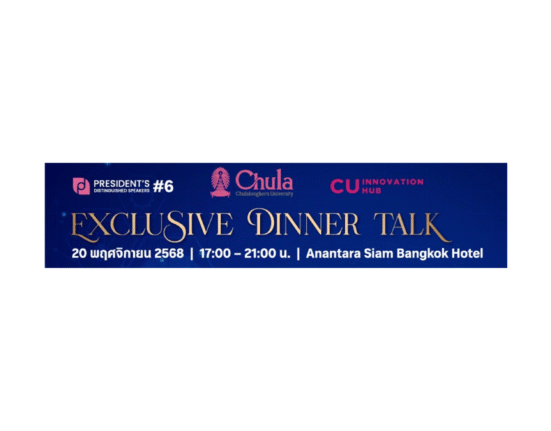

Leave feedback about this